In England, by the end of the 16th century, an array of bat-and-ball games already existed and some were associated with specific regions. Cricket, for example, originated in the woodland area of the counties of Kent, Surrey, and Sussex. No other sport-inspired and generated so much fine writing in both prose and poetry. Through writing, the social meaning and evolution of cricket were expressed. Originally a peasant game, it was partially taken over by members of the English aristocracy in the 18th and 19th centuries.
The 20th century is when cricket became popular worldwide. Although the all-inclusive history of Australian cricket is still missing, Australia’s greatest batsman, Don Bradman, has inspired many youngsters to take up the sport. If you’re considering trying your hand at cricket, here’s what you should know.
Is It Hard to Learn Cricket?
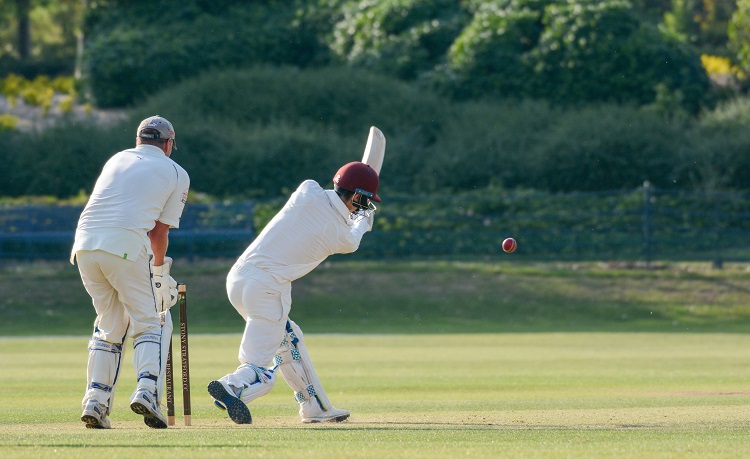
Each player has specific and demanding tasks and each position possesses individual differences. Fielding requires maintaining focus and concentration over 2h periods, fitness requirements of standing for long periods within a 6 h playing day and the skills of stopping, retrieving and throwing the ball.
The wicket-keeper and slips intercept a fast-moving ball coming off the edge of the bat and reaching them below chest height while outfielders mostly try to catch a ball falling from above head height. Wicket keepers also concentrate on every ball delivered and adopt a body position that is far from ergonomic.
Although historically cricket is not associated with high fitness and the mean heart rate during a day’s cricket rarely rises above 128 beats per minute, players need to be fit to achieve satisfactory performances over a long series of one day games.
And don’t forget, when you start a new sport, it’s important to learn the rules of the game, the type of nutrition that will boost your performance and the gear you’ll be handling. So, before you start browsing through a cricket store online, you should find out what you’ll need and why.
What Gear Do You Need to Play?
Protective Gear
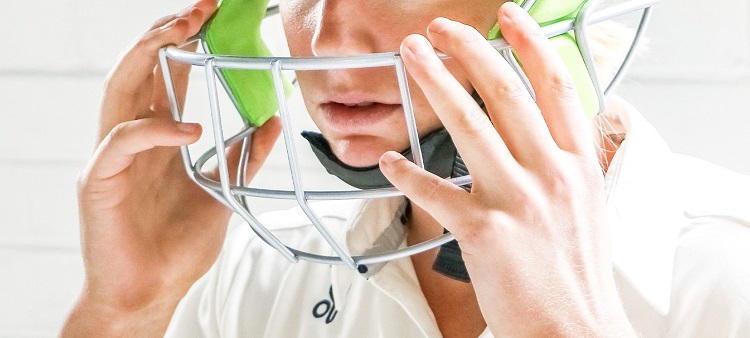
If you are a beginner, you need to get acquainted with protective cricket equipment. If you are more advanced, you wouldn’t even wonder if you need it or not. Talent and effort aside, you won’t be able to stay in the game if you are injured. If you’re going to raid the online cricket equipment store for all a cricketer might need and want, start with the gear that’s essential for your wellbeing.
As said before, roles differ and so do injuries, dictating which type of gear will be used by which player. Batters should wear helmets if they are to avoid the risk of head trauma or even being killed from an impact of a cricket ball on the head.
According to the Australian National Injury Surveillance Unit (NISU), out of the 10 most frequent sports leading to an emergency department visit, cricket was the 8th in children and 5th in adults of all sports injuries. Adults had dramatically fewer head injuries than children due to the more frequent use of helmets.
The performance of a cricket helmet depends on its stiff shell to spread the impact force and a softer lining to cushion the blow and absorb impact energy. The most common impact sites on cricket helmets are the right temple, forehead and back of the helmet. In one study, cricket helmets that met standards and provided optimal protection had multiple-density lining of plastics such as ethylene-vinyl acetate (EVA) and a moulded polyurethane insert.
To conclude, batters should avoid using helmets that have low-density foam linings. Instead, they should choose cricket helmets made with the latest technology in plastics and soft cell foam back and front liners.
Wearing a helmet would be a real safety precaution for batters, close fielders and perhaps the wicket-keeper but unrealistic for other fielders or the bowler. The England and Wales Cricket Board (ECB) requires players under 18 to wear a helmet for batting and keeping wicket unless their parents consent otherwise.
Besides head trauma, other injuries include blunt abdominal trauma and thoracic trauma, fractured fingers and forearms, soft tissue contusions, ligament injuries, minor lacerations and abrasions. Half of the injuries were caused by ball impact. Consequently, a thigh pad, chest guard, arm guard, box guard could prevent these injuries.
Bats
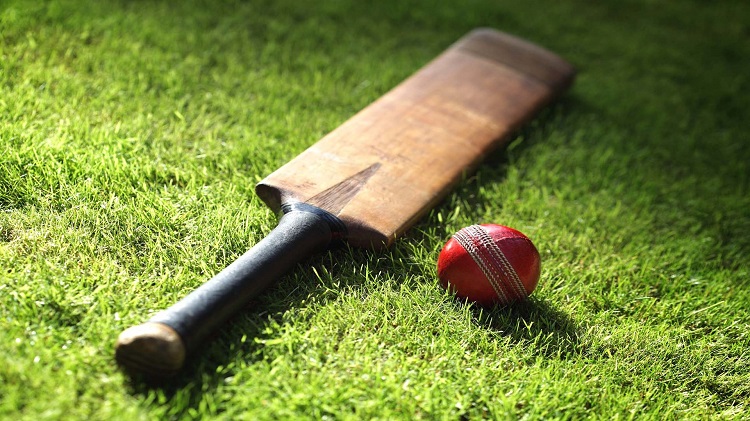
As a batter, out of all cricket gear, your new best friend will be the cricket bat with its willow wood blade and cane handle. According to Dr Darshil Shah at the University of Cambridge: “Willow has been the principal material for cricket bats for centuries.” Although there are certain standards, variations of cricket bats exist. All bats used in professional cricket matches must be made of wood.
When it comes to size, the maximum cricket bat width is 10.8 cm and the maximum bat length is 96.5 cm. The blade may be covered with material for protection.
Famous cricketers have used different bats throughout the years. Many cricketers playing high-level cricket today would choose to use a heavier bat to make the ball travel further when hit. In contrast, players who use lighter bats generally deflect the ball or stroke it rather than hitting it hard.
It’s common for a player to have a selection of light bats for test matches and a couple of heavier and chunkier ones for one day players. You can easily find a selection that suits your style and preferences in a cricket shop or online cricket equipment store.
The flexural and vibrational properties of the cricket bat define its efficacy. Some of them are mass, coefficient of restitution (COR) and location of the fundamental node. The fundamental node or the “sweet spot” of the bat is the area of the blade where batsmen are looking to strike the ball to achieve the largest ball exit velocity.
The coefficient of restitution (COR) is the ratio of the difference between the velocities of 2 colliding objects (like a cricket bat and cricket ball) immediately after impact compared to the difference between their velocities before the impact.
The bat with the higher coefficient of restitution (COR) will produce the greatest post-impact ball velocity. Improving the COR of bats has been the primary focus of research and development efforts of major cricket gear manufacturers over the past decade.
Balls
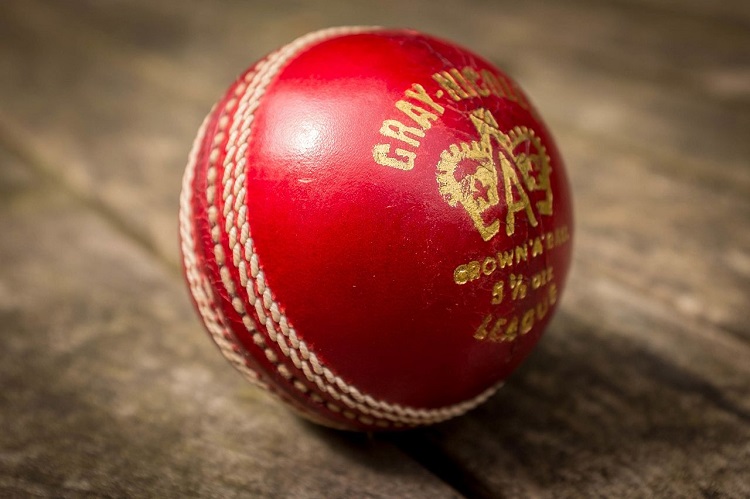
By now, you probably got familiar with the intimate relationship of the cricket bat and ball. It too has stuck to tradition, perhaps one of the reasons their relationship is going strong. Cricket balls are made of leather, cork, and string. The ball’s core is made of cork while the string wraps the core many times over for reinforcement.
Minor embellishments to cricket balls include moulded-granulated cork and rubber and availability in more colours. Previous research suggested that ball colour could have an effect on the reaction time of players but the opposite was proven. Catchers are free to choose whatever shade they please.
Gloves
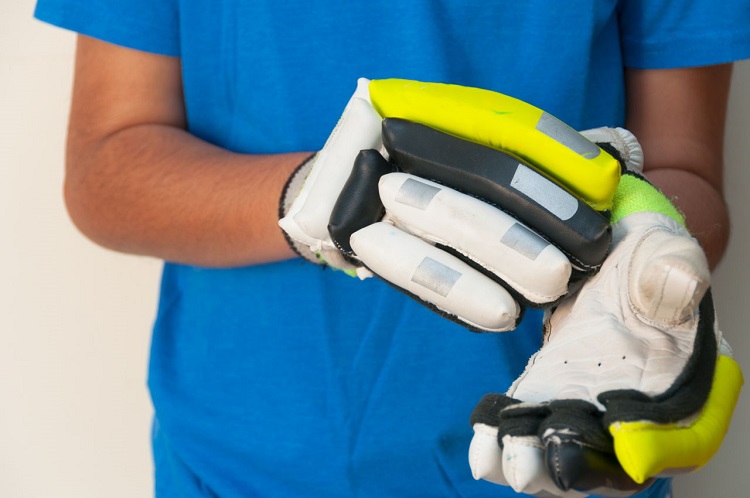
Which cricketer is allowed to wear gloves and why don’t all players wear them? Besides batters, the wicket-keeper is the only wielder permitted to wear gloves. Touching the ball with other objects besides your hand would mean losing points
Batting gloves are used by cricket batsmen for comfort, improved grip, shock absorption and prevention of injuries and blisters.
A 1998 survey of County cricketers reported hand or finger fractures by 39% of the group when batting. 25 of the 44 breaks were on the bottom, 19 on the top hand. The thumb and first finger of the bottom hand plus the small finger of the top hand were most commonly fractured. A new design was specified by physiotherapists and other experts.
Modernised cricket gloves have fibre-reinforced protection and ultralight foam for impact absorption and protection. Their double fingers, sidebars and split thumb offer better protection while the high-quality leather palm offers superior grip and feel.
Pads
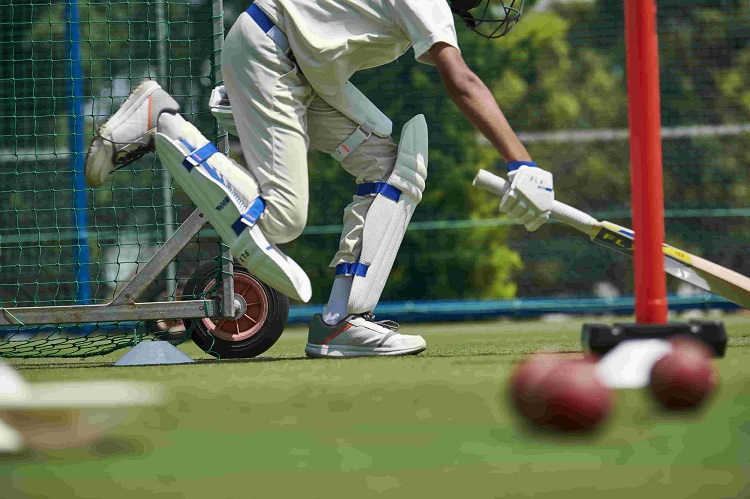
Cricket pads are worn by the two batsmen and the wicket-keeper. They are not compulsory cricket gear.
A study involving the South African national cricket team included 160 players and 258 injuries overall, on average 1.6 injuries across 2 seasons. Over the two seasons, the lower limbs were easily the worst affected region. Another study showed that cricket was the worst of the team sports regarding the proportion of hematomas or bruising in children.
Cricket pads are intended for shin, knee and lower thigh protection. There is a slot for the foot at the base. Choose pads that are reinforced at all potential weak points. A fitted knee roll will offer extra knee protection while a calf wing will offer side protection. Cricket pads made with high-density foam are lightweight, allowing you to move with ease.
























